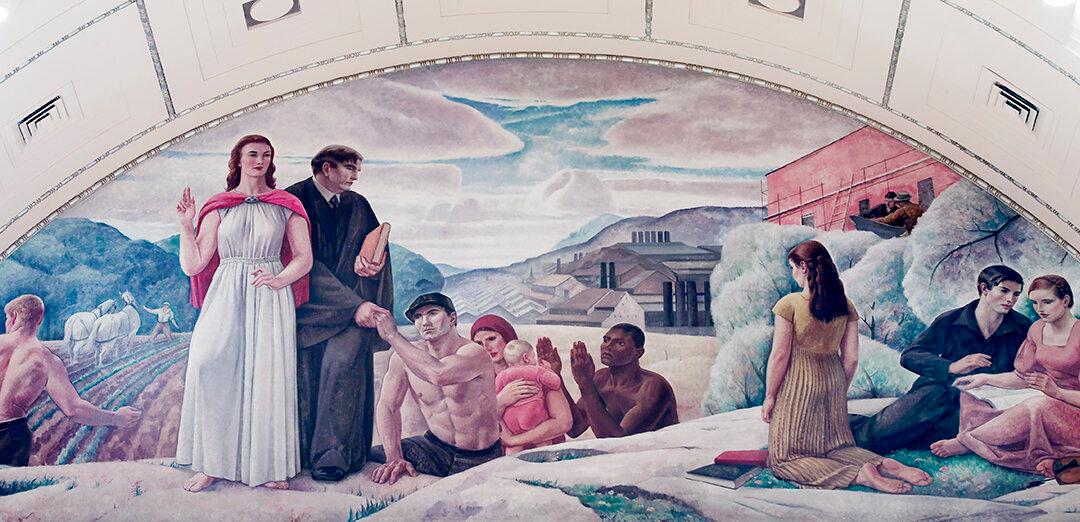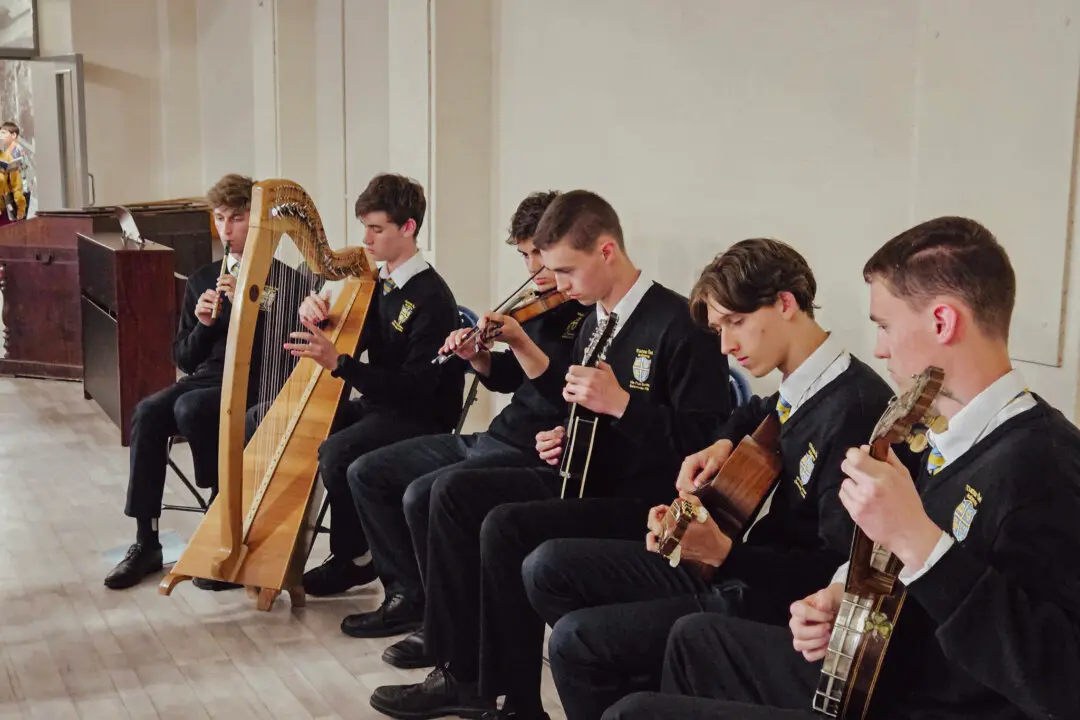On June 24, 2022, the Supreme Court of the United States ruled 6-3 in the Dobbs v. Jackson Women’s Health Organization case that the Constitution does not confer a right to abortion. That judgment overturned two previous cases that had come before the Court, Roe v. Wade and Planned Parenthood of Southeastern Pennsylvania v. Casey. The Court’s verdict means that voters and the states in which they live will now decide the legality of abortion.
This decision brought rage and violence from pro-abortion supporters. Some pregnancy centers were vandalized or firebombed, protests and marches were organized in cities across the country, and some, including politicians, either called for an insurrection or for Americans simply to ignore this sea change in the law. Some protesters broke federal law by gathering at the homes of certain justices in hopes of intimidating them. Still others called for abolishing the court altogether or for packing it with justices who might more closely reflect liberal beliefs and prejudices.






